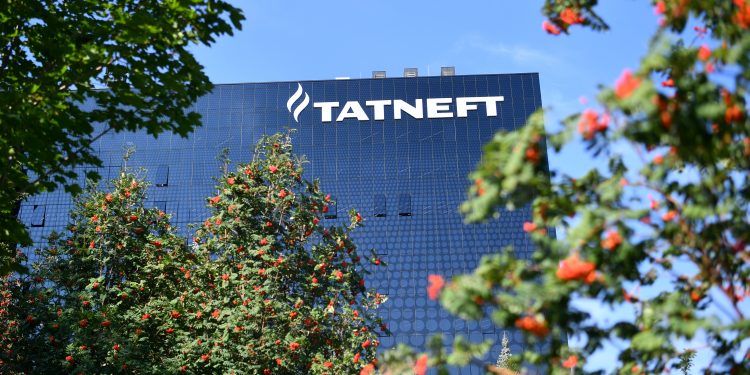Geomechanical Modeling Helps Match Mud Density
Tatneft implemented Russia’s first full-cycle geomechanical modeling software product. The specialists of the oil company, TatNIPIneft Institute (Bugulma) and Innopolis worked on the complex. This is reported by the portal “Production Management”.
The package includes traditional 1D modeling tools such as pore pressure prediction; wellbore trajectory and stability calculation. The software allows you to determine the window of safe drilling fluid density, select the intervals for the stimulation methods.
“Geomechanical tools make it possible to increase the efficiency of well drilling, for example, to select the density of the drilling fluid,” said Ildar GIRFANOV, one of the authors of the development, an employee of TatNIPIneft. – If we exceed this density, we can break the reservoir in the process of drilling. Then we get the “care” of the solution. If, on the contrary, we cannot withstand the density, then we will get a collapse of the walls.
When drilling, the software is used to prepare the drilling program before the start of work and when drilling online. You can make adjustments during work. Software tools are implemented in 3D format. It has full functionality for spatial modeling, including the calculation of the stress-strain state, accounting for fractures and fault tectonics of oil and gas deposits.
“Geomechanical modeling, for example, allows for high-quality hydraulic fracturing design,” explains Girfanov. “To do this, it is necessary to determine the geomechanical properties of rocks in the interval of hydraulic fracturing and the stress in the treatment interval.”
According to him, for reservoir pressure maintenance systems (RPM), using geomechanics, it is possible to determine injection regimes within the target reservoir. The system allows you to prepare recommendations on the maximum injection pressures and calculate the risks.
With the help of the program, it is possible to calculate and determine the limiting conditions under which man-made seismic events can occur, probable changes in the day surface of the soil, its subsidence parameters, etc.
“Another area of application of the program is well workover,” added Ilnur USMANOV, software developer, leading researcher at the hydrodynamic research laboratory of TatNIPIneft. — Thanks to it, it is possible to exclude the destruction of a weakly cemented reservoir and the removal of sand into the wellbore. This leads to abrasive wear of the equipment, forced downtime or replacement.”
The complex also includes 4D modeling tools that allow you to work taking into account the dynamics and temporal changes. A separate module of the program for processing the results of geomechanical studies has also been developed. It automates file processing using machine vision. Tatneft was the first in the Russian oil and gas industry to introduce such technologies, the company notes. In the future, the use of artificial intelligence and neural networks.
The module is located in the new Laboratory Research Building (LIK). In the laboratory of geomechanics, in particular, the strength of rocks is determined. The interpreted results of such studies are used for geomechanical modeling.
Today, the program is being replicated in Tatneft subdivisions, including TatNIPIneft, JV Tatneft-Production, and the Modeling Center. The Almetyevsk Oil Institute (AGNI) has already begun to train students with its help.

